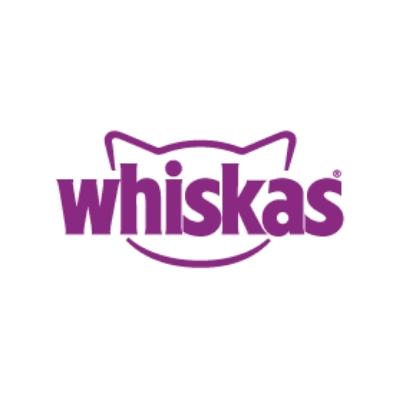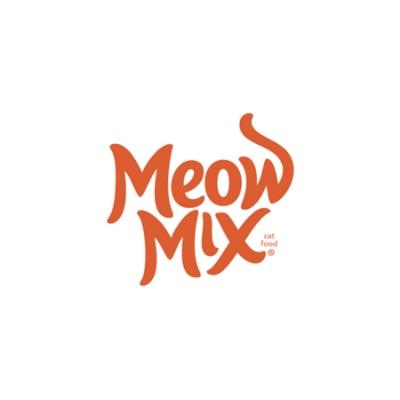Cat Fleas
Introduction
Fleas are small parasitic insects, in the order Siphonaptera, which feed off of the blood of their host. All fleas live on the skin of their host animal, and there are different species of fleas which feed off of cats, dogs, rabbits, rodents, and humans (although if hungry, a flea of any species will feed off of any available host). Fleas are known for their ability to jump great distances and for their fast reproduction rates.
Causes & Prevention
Causes of Fleas in Cats
Cats pick up fleas if fleas are already present in their environment or if they come into contact with another host that is carrying the fleas (e.g. another cat, dog, or smaller animals such as squirrel or bird). Cats living in hot and humid climates have higher and more severe instances of flea infestations.
Symptoms of Fleas in Cats
The symptoms of flea infestations include severe itching, red raised spots on the cat's skin, the presence of flea feces (also known as 'flea dirt') on the cat's skin, seeing the fleas on the cats, or the diagnosis of a flea related medical condition such as tape worms (spread by ingesting fleas).
Outlook for Cats with Fleas
The outlook for flea infestations in cats is good particularly due to the effectiveness of monthly topical treatments such as Frontline or Advantage. However, kittens, older cats, and cats with underlying medical conditions are at an increased risk for developing life threatening anemia if flea infestations are severe. If these infestations are not addressed in a timely manner for higher risk cat groups, fleas can be fatal.
Treatment Options
Treatment options for fleas on cats include topical prescription or over-the-counter treatments, prescription pills, and organic treatments which repel fleas and reduce the flea population in the cat's home. The effectiveness of these treatments varies, and pet owners need to look at their own situation to find out which treatment option is best for them.
Treating Fleas in Cats
Currently, prescription topical treatments are the number one choice for treatment options for fleas on cats due to their convenience, effectiveness, and high safety margin. These treatments contain a flea killing ingredient which spreads over the dog's entire body through natural oils on the cat's skin. Frontline, Revolution, Advantage, and Sentinel are just some of the prescription topical treatments available. Prescription topical treatments contain different ingredients and may have additional qualities such as water resistant characteristics, the ability to kill ticks too, and the ability to repel mosquitoes.
Over-the-counter topical flea treatments include products such as Defend, Biospot, and Hartz Care. All of these products contain an ingredient called Permethrin which is a natural insecticide. Unfortunately Permethrin is extremely toxic to cats, and if pet owners have both dogs and cats in their home, or their dog comes into contact with cats outside, Permethrin should not be used as a flea treatment. The effectiveness of Permethrin is also reduced now as most fleas have become resistant to it because the product has been on the market in various forms for many years.
In cases of severe infestation when fleas need to be removed from the dog's body immediately, or if a new infestation occurs, a safe prescription oral tablet called Capstar can be given to the dog. This tablet will kill all fleas on the dog's body in 4 hours, and it is also safe for puppies.
Organic flea treatments are best used by pet owners who have a low number of pets in the home and who live in cool and dry climates. These treatments include essential oil applications and dietary supplements which may repel the fleas.













































